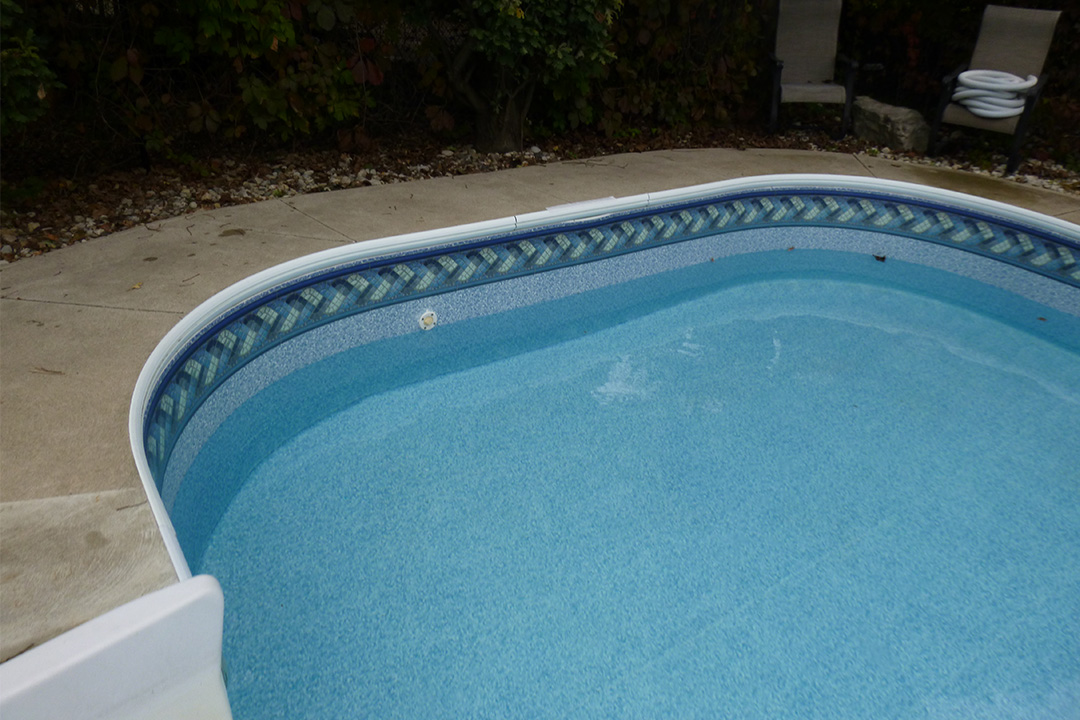Is That a Leak? Or Evaporation? Leak Detection Tips
Hello everyone, thanks for popping by!
We’ve been so lucky this summer with this hot weather: bright, sunny days, the occasional refreshing rain, warm evenings with clear skies. The flip side to all our good fortune is that hot weather leads to a lot of evaporation. Before you call Mirage to request a Leak Detection service, go through this checklist of symptoms and at-home tests. You might end up saving yourself some time and money!
Signs of a Leak:
- Air or bubbles in the system, or coming out of jets
- Loss of “prime” in the pump
- Shifting of the deck
- Wet or soggy area(s) around the pool
- Needing to refill the pool more than once a week
- Greater than ½ inch of water loss per day
The Bucket Test:
- Fill the pool to the operational level, at least halfway up the skimmer mouth.
- Fill an ordinary bucket most of the way with pool water, and place it on the first or second step, mostly submerged in the pool.
- Mark the water level in both the bucket and the pool. We recommend using a small piece of electrical tape, to avoid leaving sticky residue on any pool surfaces.
- Run the pump continuously for 24 hours.
- After 24 hours, measure and record any difference in the two levels.
Explanation: If the pool and the bucket drop at the same rate, your water loss is due to evaporation. If the pool drops faster than the bucket, you may have a leak. Perform the Bucket Test, 2.0.
The Bucket Test, 2.0:
- Repeat steps 1-3 above.
- Instead of running the pump, turn the system off completely for 24 hours.
- After 24 hours, measure and record any difference in the two levels.
Explanation: If the water level in the pool still drops, but less than it did with the pump running, it may indicate a leak on the “return” side of the system. If the water level drops at the same rate as with the pump running, it may indicate a liner leak or a leak on the “suction” side of the system. Perform the Bucket Test 3.0 to narrow it down.
The Bucket Test, 3.0:
- Repeat steps 1-3 as before.
- Turn the system off completely and plug all jets and suction lines for 24 hours.
- After 24 hours, measure and record any difference in the two levels.
Explanation: If your water level still drops at the same rate as with the lines open, you may have a liner or “body” leak. If the water level no longer drops, we may have confirmed a leak in the plumbing, or in one of the jet fittings itself.
If you take a few days to perform these tests and measurements and discover that yes, the pool must be leaking, please reach out to us to book a professional Leak Detection service. Our trained service technicians can employ several high-tech methods to find your leak, such as sonar or pressure testing. If you’ve accurately measured and recorded your water loss, it can help us to quantify the severity of the leak and ensure that we can find and repair it as quickly as possible.
As always, pop by the Mirage store at 1800 Appleby line for answers to any of your questions, as well as leak detection supplies like plugs, dye tests, and under-water epoxy putty. We hope you don’t have a leak, but we look forward to helping you either way!

